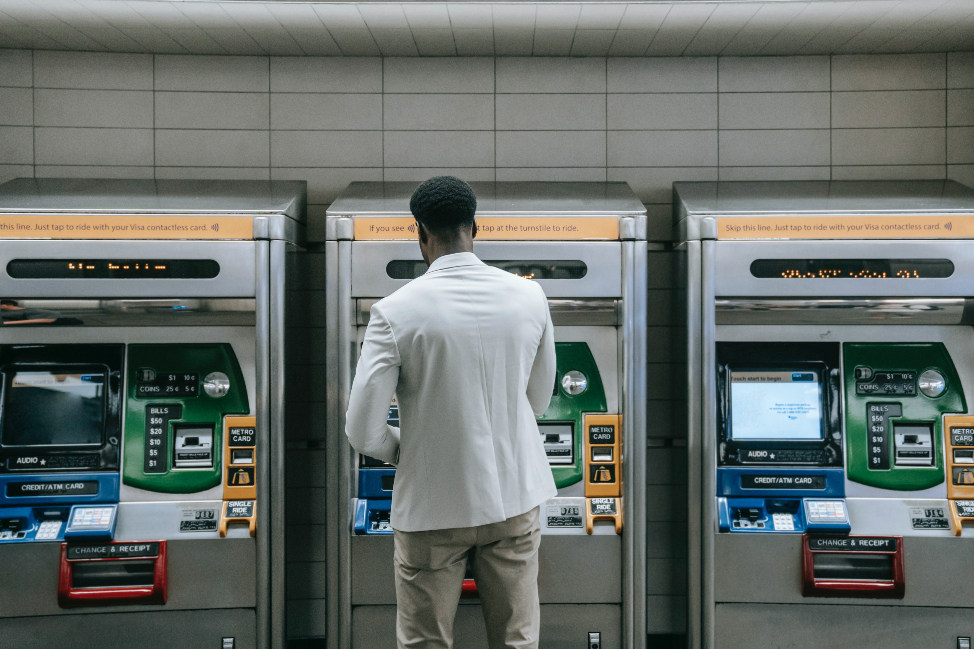
Breaking Down the 2023 U.S. Banking Crisis
Having grown up in the 80s and 90s, I have a lot of fond memories of our economy. I often tell my children how $1 could buy me 100 pieces of candy and how $5 could fill up my tank — and we could ride all week! I also remember how most Americans would love a job at a traditional bank because of the job security.
The economy doesn’t stir up those same feelings anymore. Many pundits place most of the blame on banks for the Great Recession in 2008, and two surprise bank failures in early 2023 have renewed that sense of panic and unease from 15 years ago. Simply put, Americans are struggling to trust banks the way they could when I was growing up.
The recent trouble in the U.S. banking sector came to light with Silicon Valley-based lender SVB Financial Group. Volatility gripped the markets as SVB’s customer base of tech startups pulled money out of the bank. This ame after Silvergate Capital Corp announced it was voluntarily liquidating its bank following pressure from depositors and regulators for its dealing with now-defunct crypto company FTX. In addition to Silvergate and SVB, we have recently seen Signature Bank close its doors and troubling news coming out of Credit Suisse.
How Did Silicon Valley Bank Collapse?
With Silicon Valley Bank (ticker: SIVB) going bust, many Americans are anxious about the safety of their funds. Investors have drawn parallels with the 2008 collapse of Washington Mutual Bank, which was the nation’s largest savings and loan association at the time. In contrast, SVB was the second-largest FDIC-insured bank to fail in U.S. history. But how did it happen?
Many of SVB’s clients, which included startups and venture capital firms, raised a ton of cash during the pandemic, leading to a surge in their deposits. In the first quarter of 2020, SVB had a little over $60 billion in total deposits. By the end of 2022, SVB had approximately $209 billion in total assets and $175 billion in total deposits. Several contributors fueled this immense growth: the tech industry boom of 2020, COVID-19 relief funds for individuals and businesses, and the Economic Growth, Regulatory Relief and Consumer Protection Act of 2018. The passing of this legislation single-handedly loosened the regulations put in place during the 2008 banking crisis and raised the threshold from $50 to $250 billion before banks would see tougher regulations.
By 2023, however, Silicon Valley Bank was in trouble: Its heavy concentration of venture capital firms and early-stage tech customers had been withdrawing funds at a higher-than-expected rate for several quarters to finance their businesses. This was nothing out of the ordinary, as high cash-burn rates are prevalent within startups.
Frankly, SVB should have been prepared for this outcome.
In response to these depositor outflows, the bank liquidated some holdings to reinvest in securities with potentially higher returns.
In early March 2023, Silicon Valley Bank parent company SVB Financial said that it had sold securities from its portfolio for a $1.8 billion loss and was seeking to raise $1.25 billion in capital via an offering of common and preferred stock. This was unsuccessful, and the bank’s stock plunged.
When concerns over SVB’s financials began to arise, and the stock plummeted, customers started to demand their deposits back. The problem? SVB had a large portion of customers’ deposits tied up in long-term bonds. For those who don’t know, here is a quick lesson in bonds. Bonds are subjected to two main types of risks: default and interest rate. Interest rate risk is when the market value of your bond moves up or down based on interest rates. The price volatility of your bond also increases the longer your bond has to mature. With the Federal Reserve raising rates exponentially last year, most bonds, especially long-term bonds, did poorly (i.e., 30-year treasury bonds down ~30%).
So, how do you prevent interest rate risk? It’s actually simple: Hold the bond to maturity! This is why, as a firm, we stress the importance of cash flow planning, especially for our retirees.
Unfortunately, banks like to use short-term customer deposits to purchase long-term treasury bonds to profit from the spread (i.e., paying 0.25% to depositors while earning 5% on their treasury investments). This didn’t end well when customers started demanding their deposits back.
Should I Be Worried About the 2023 U.S. Banking Crisis?
Frankly, it’s difficult for me to tell you not to worry when banks holding billions of dollars are closing their doors. But I think a better question is, “Can I still trust the American banking system?” And my answer is yes! Remember, that green paper you hold in your hands (or see digitally on a screen) is backed by the full faith and credit of the U.S. government. If we (the American people) lose faith in the government/currency, that would be catastrophic, and Congress will prevent that at all costs.
Hence, on March 12, 2023, Treasury Secretary Janet Yellen instructed the FDIC to guarantee SVB customers will have access to all of their money whether they were insured or not. Yellen commented, “By guaranteeing all deposits — even the uninsured money customers kept with the failed SVB bank — the government can ensure public confidence in America’s banking system.” We expect this action to curtail the risk of contagion in terms of additional runs on banks.
This was absolutely huge! The Treasury Department instructed the FDIC to make every individual whole past the insured limit of $250,000. And at SVB, approximately 90% of the bank’s assets were uninsured. This is how you build back trust.
On the same date, the Federal Reserve Board established the Bank Term Funding Program to provide banks with liquidity to meet withdrawal requests without needing to liquidate their long-duration treasury holdings.
If held to maturity, treasury holdings are the safest investments in the world.
If a bank like SVB had access to this new program last week, we could speculate that the bank may still be in business today.
How Can I Protect My Assets Moving Forward?
While we continue to sort through the damage of the recent bank closings, we recommend that you take this time to ensure that you are within the FDIC or SIPC-insured limits. If you are unsure if your cash assets are protected, the FDIC has a calculator to assist you. As long as you have the account type, owners, and balance of the account, this website will let you know how much of your hard-earned cash is at risk.
Some individuals have been exploring a new strategy to obtain higher FDIC coverage: “deposit swapping.” Deposit swapping is a network setup with multiple banks to separate large deposits into amounts below the $250,000 FDIC limit. If done properly, you can protect assets as high as $150 million.
Are you still worried about whether your cash is protected? Let our planners at Felton & Peel Wealth Management help you ease the concern. Please schedule a consultation with us today to get started.







